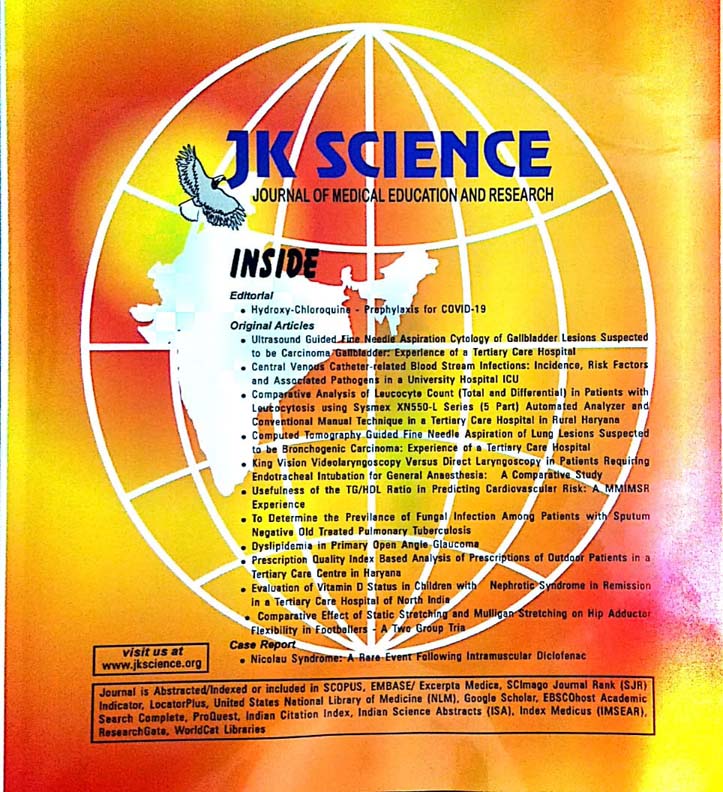Variations in Hepatic Segmentation on the Surface of Liver - A Cadaveric Study
Keywords:
Hepatic segments, Fissures, Quadrate lobe, Caudate lobe, Papillary processAbstract
Background: Congenital anomalies of liver are rare as opposed to anatomical variations. In the past these anomalies were found accidently on autopsy and during laparotomy. Today CT and US are important in evaluation of hepatic morphology. The liver has four lobes and eight segments, whether it is defined by its gross appearance or its internal architecture. Although the segmental anatomy of liver has been researched extensively but very less literature is available on variations of surface anatomy of liver.
Purpose: This study was conducted with the aim to observe and note various surface variations of liver for better results in radiological diagnosis and surgical outcomes.
Material and Methods: This observational study was conducted on 50 formalin fixed human livers.
Results: In the current study various shapes of the caudate lobe were encounter owing to the presence of various fissures. In 2% cases pear shape caudate lobe was seen with fissure along its superior border. Small caudate lobe was observed in 8% cases. Bicornuate caudate lobe with vertical fissure along its inferior border was observed in 24% of livers. Presence of pons hepatis was an important finding in 4% cases and in 8% cases, prominent papillary process was observed. Fusion of quadrate lobe with left lobe was noticed in 4 cases. Ligamentum teres was attached to left margin of gall bladder fossa in few cases. Transverse fissure in quadrate lobe was a common finding in our study.
Conclusion: Thorough knowledge of hepatic anatomy and such commonly occurring segmental variations acquires significance for radiologists in imaging interpretation and for surgeons for better outcomes in hepatic surgeries.
Downloads
Downloads
Published
How to Cite
Issue
Section
License
Copyright (c) 2021 JK Science: Journal of Medical Education & Research

This work is licensed under a Creative Commons Attribution-NonCommercial-ShareAlike 4.0 International License.





